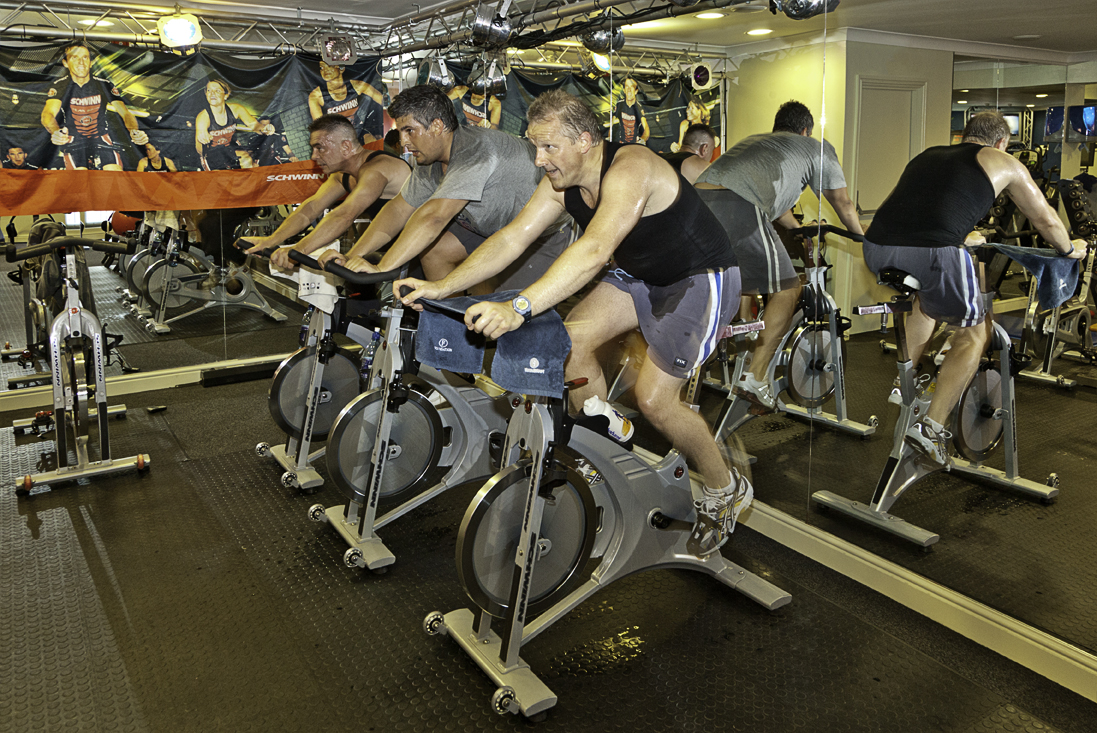In today’s fast-paced world, maintaining a healthy lifestyle is more important than ever. Regular physical exercise is essential for not just physical fitness but also mental well-being. This article will explore daily exercises that can help you live a healthier life, improve your mood, and enhance your overall quality of life.
Why Daily Exercise Matters
Before diving into specific exercises, it’s crucial to understand the benefits of daily physical exercises for a healthy life. Regular exercise helps you:
- Boost Your Mood: Physical activity triggers the release of endorphins, often known as “feel-good” hormones, which can help reduce anxiety and depression.
- Increase Energy Levels: Regular movement improves muscle strength and endurance, leading to higher energy throughout the day.
- Support Heart Health: Aerobic exercises strengthen the heart and improve circulation, lowering the risk of heart disease.
- Enhance Sleep Quality: Engaging in physical activity can help you fall asleep faster and enjoy deeper sleep.
- Promote Longevity: Research consistently shows that regular exercise can increase lifespan and reduce the risk of chronic diseases.
With these benefits in mind, let’s look at some effective daily physical exercises for a healthy life.
1. Walking
Walking is one of the simplest yet most effective forms of exercise. It requires no special equipment and can be done anywhere. Aim for at least 30 minutes of brisk walking each day, which can be broken into shorter sessions if needed.
Benefits: Walking strengthens bones, improves cardiovascular health, and boosts mood. Plus, it’s low-impact, making it accessible for everyone.
2. Strength Training
Incorporating strength training into your routine two to three times a week is vital for building and maintaining muscle mass. You don’t need a gym membership; body-weight exercises can be very effective.
Example Exercises:
- Push-Ups: Great for building upper body strength.
- Squats: Target the legs and glutes.
- Lunges: Work the lower body and improve balance.
- Planks: Strengthen the core.
Benefits: Strength training not only improves metabolism but also supports joint health and enhances overall functional fitness.
3. Flexibility and Stretching
Flexibility is often overlooked but plays a crucial role in overall health. Regular stretching can prevent injuries and improve your range of motion.
Simple Stretching Routine:
- Hamstring Stretch: Stand and reach towards your toes to stretch the back of your legs.
- Quadriceps Stretch: Stand on one leg, pulling your other foot towards your glutes.
- Shoulder Stretch: Bring one arm across your body and gently press it with the opposite hand.
Incorporate stretching into your daily routine, ideally after your workout when your muscles are warm.
Benefits: Enhanced flexibility reduces muscle tension, improves posture, and contributes to better performance in physical activities.
4. Aerobic Exercises
In addition to walking, consider other forms of aerobic exercise for improved cardiovascular health. Aim for at least 150 minutes of moderate-intensity aerobic exercise each week.
Options Include:
- Cycling: Whether on a stationary bike or outdoors, cycling builds leg strength and endurance.
- Swimming: A full-body workout that’s gentle on the joints.
- Dancing: A fun, social way to elevate your heart rate.
Benefits: Aerobic exercises improve heart health, enhance lung capacity, and can aid in weight management.

5. Mind-Body Exercises
Incorporating mind-body exercises like yoga or Pilates can provide both physical benefits and mental relaxation. These practices focus on breathing, flexibility, and core strength.
Examples:
- Yoga: Various styles cater to different fitness levels, from gentle Hatha to vigorous Vinyasa.
- Pilates: focuses on core strength and stability, enhancing overall body awareness.
Benefits: These exercises improve flexibility, reduce stress, and promote mental clarity, making them ideal for a balanced lifestyle.

6. High-Intensity Interval Training (HIIT)
For those looking to maximise their workout in a short amount of time, HIIT can be incredibly effective. This involves short bursts of intense exercise followed by rest or low-intensity periods.
Sample HIIT Workout:
- 20 seconds of burpees
- 10 seconds of rest
- 20 seconds of high knees
- 10 seconds of rest
- Repeat for 15-20 minutes.
Benefits: HIIT boosts metabolism, improves cardiovascular health, and builds strength efficiently.
Creating a Balanced Routine
To reap the full benefits of exercise, aim for a balanced routine that includes cardiovascular, strength, flexibility, and mind-body exercises. Here’s a sample weekly schedule:
- Monday: 30 minutes of brisk walking + 15 minutes of strength training.
- Tuesday: 20 minutes of cycling + stretching.
- Wednesday: 30 minutes of yoga or Pilates.
- Thursday: 30 minutes of swimming + strength training.
- Friday: 20 minutes of HIIT.
- Saturday: Active leisure (hiking, dancing).
- Sunday: Rest day or gentle stretching.
Staying Motivated
Staying motivated to exercise daily can be challenging. Here are a few tips:
- Set Goals: Establish realistic, achievable goals to keep track of your progress.
- Find a Workout Buddy: Exercising with a friend can make workouts more enjoyable and keep you accountable.
- Mix It Up: Try new activities or classes to keep your routine fresh and exciting.
- Listen to Your Body: Rest when needed and avoid pushing through pain.
FAQs
1. How often should I exercise each week?
Aim for at least 150 minutes of moderate-intensity aerobic activity per week, along with two or more days of strength training.
2. Can I lose weight with just walking?
Yes, walking can help you lose weight when combined with a balanced diet. It’s a great starting point for anyone new to exercise.
3. Do I need a gym membership to get fit?
No, many effective exercises can be done at home or outdoors using body weight, resistance bands, or simple equipment.
4. How can I avoid injury while exercising?
Start slowly, use proper form, and listen to your body. Incorporating rest days and cross-training can also help prevent injuries.
5. Is stretching really that important?
Yes, stretching helps improve flexibility, reduce muscle tension, and lower the risk of injury. Incorporate it into your routine regularly.
6. How can I stay motivated to work out?
Set specific, achievable goals, track your progress, find a workout buddy, and mix up your routine to keep it exciting.
7. Can older adults benefit from regular exercise?
Absolutely! Regular exercise can enhance mobility, balance, and overall health for older adults, helping them maintain independence.
8. How do I know if I’m overtraining?
Signs of overtraining include persistent fatigue, decreased performance, irritability, and increased risk of injury. If you experience these, consider taking a break.
Conclusion
Incorporating daily physical exercises for a healthy life into your routine is a powerful way to enhance your health and well-being. From walking to strength training and flexibility exercises, there are numerous ways to stay active. By creating a balanced routine that includes a variety of activities, you’ll not only improve your physical fitness but also boost your mood and overall quality of life. Remember, consistency is key—start small, stay committed, and enjoy the journey to a healthier you!
